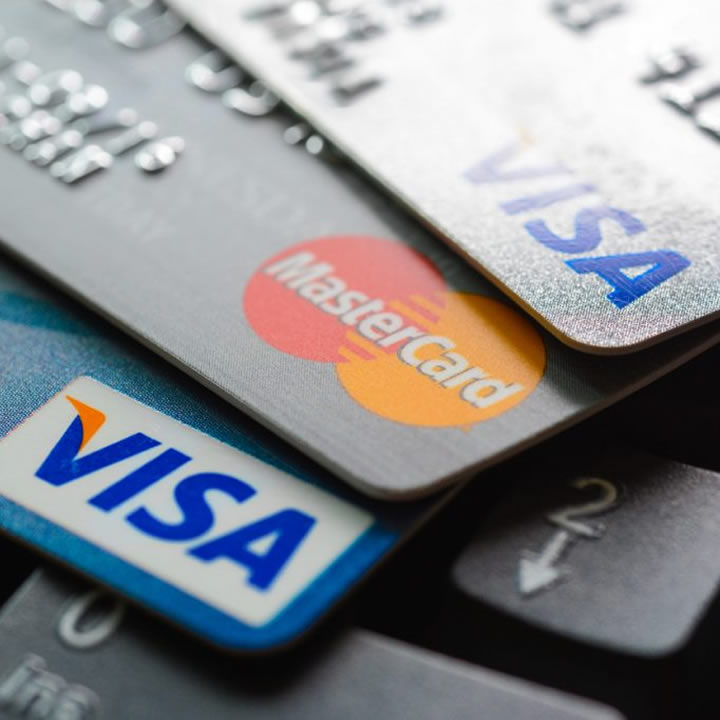Looking for the best credit card in the UK can seem like a daunting task. There are so many different ones available, and there are so many different categories of cards to choose from that it can be difficult to know where to start.
This is why before you start your search it’s imperative that you know exactly what it is you require from the credit card you are looking for. First, ask yourself why you really need the card.
Then, start your search for the best credit card offering the best deals in the category of card type you require.
The difference between credit and debit cards
A credit card is different from a bank debit card. They look the same, and you can purchase goods and services with both. But there is a fundamental difference and that is that a credit card is spending money that doesn’t belong to you.
While a bank debit card is used for spending your money, except for spending an overdraft.
Think of a credit card as a loan. Whatever you spend on it you will need to pay back. Unless it’s a 0% card, you will also have to pay interest if you don’t clear your balance in full every month.
You may have noticed on your bank debit card that there are more numbers on there than those on a credit card.
Both have 16-digit card numbers, but on the bank debit card, there is also an account number and sort code. They are both very important numbers for different reasons. The account number is (usually) an eight-digit number, which is the account that the debit card attached.
The second number is the sort code, a six-digit number. A sort code might seem like a slightly irrelevant additional number on your card, but it is extremely relevant and vitally important for a number of reasons.
The sort code is used to recognise the branch of your bank and is information that is used to link payments in and out of your account.
It is mainly only used in the UK banking system these days. When the European Union introduced SEPA in 2008, the sort code was no longer relevant in the EU, and this is why you will not be asked for it when making bank transfers into Europe.
Different categories of credit cards
Categories of credit cards would include some of the following:
- Balance transfer
- Cash transfer
- Low-interest rates
- Zero % purchase rates
- Student credit cards
- Business credit cards
If you are looking for a credit card to transfer cash from another credit card’s debt, you will need to be looking at the best balance transfer credit card. It is possible to get cards offering 0% interest on balance transfers for up to 24 months or longer, although a transfer fee will apply.
Other categories of credit cards include ones that are good for cash transfers into a bank account, although they need to be treated with caution. Low-interest rate credit cards or zero percent on purchase credit cards will allow you to purchase an expensive item and pay it back over time.
There are also credit cards that are specifically designed for students, and ones that are ideal for businesses.
So in order to make sure you get the best credit card for your needs. Remember, do your research first.

